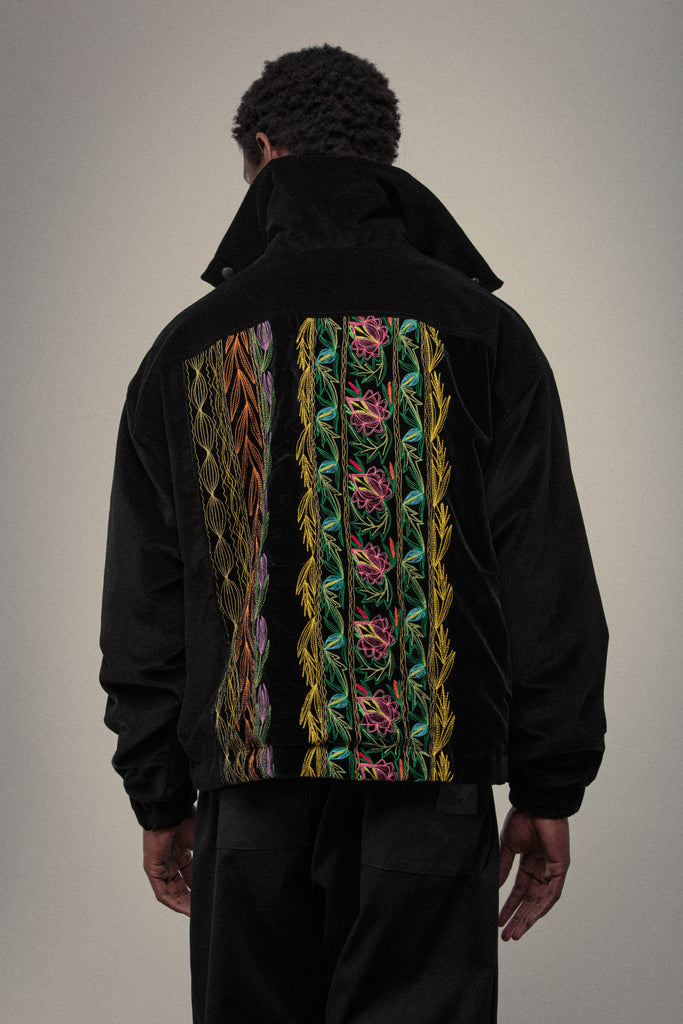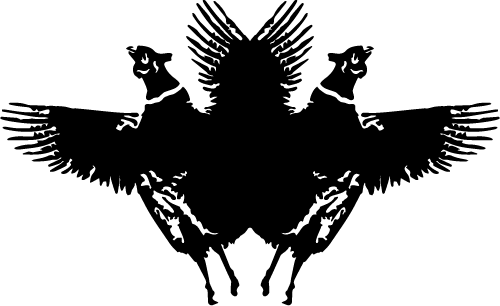
KECELE
The unique feature of these aprons are the embroideries which required extreme dexterity from the seamstresses who created them. These aprons were most popular in the beginning of the 20th century, when other embellishments like ribbons were unattainably expensive for many villagers, so they used their creativity to achieve a similar effect with embroidery. Although these aprons appeared in many villages in Hungary, it was most popular in Zsámbok. “Kecele” is the name used for aprons in the village of Zsámbok in Hungary.
These aprons were made of black fabrics that usually had a sheen, such as velvet or shiny cotton canvas. The motifs were floral, botanical or geometric in nature and were created by hand using a sewing machine. Simple patterns were done at home, while for more complex embroideries - like lines of roses -, they turned to the few women in the village who were known to possess the talent to create these intricate patterns. The decorative threads were usually in colours that contrasted with black - yellow and green being the most popular.
As the embroideries weren’t manufactured in a factory but created by hand, each pattern is unique. Our REMADE items preserve the integrity of the original creations, paying homage to the women who made them.
















